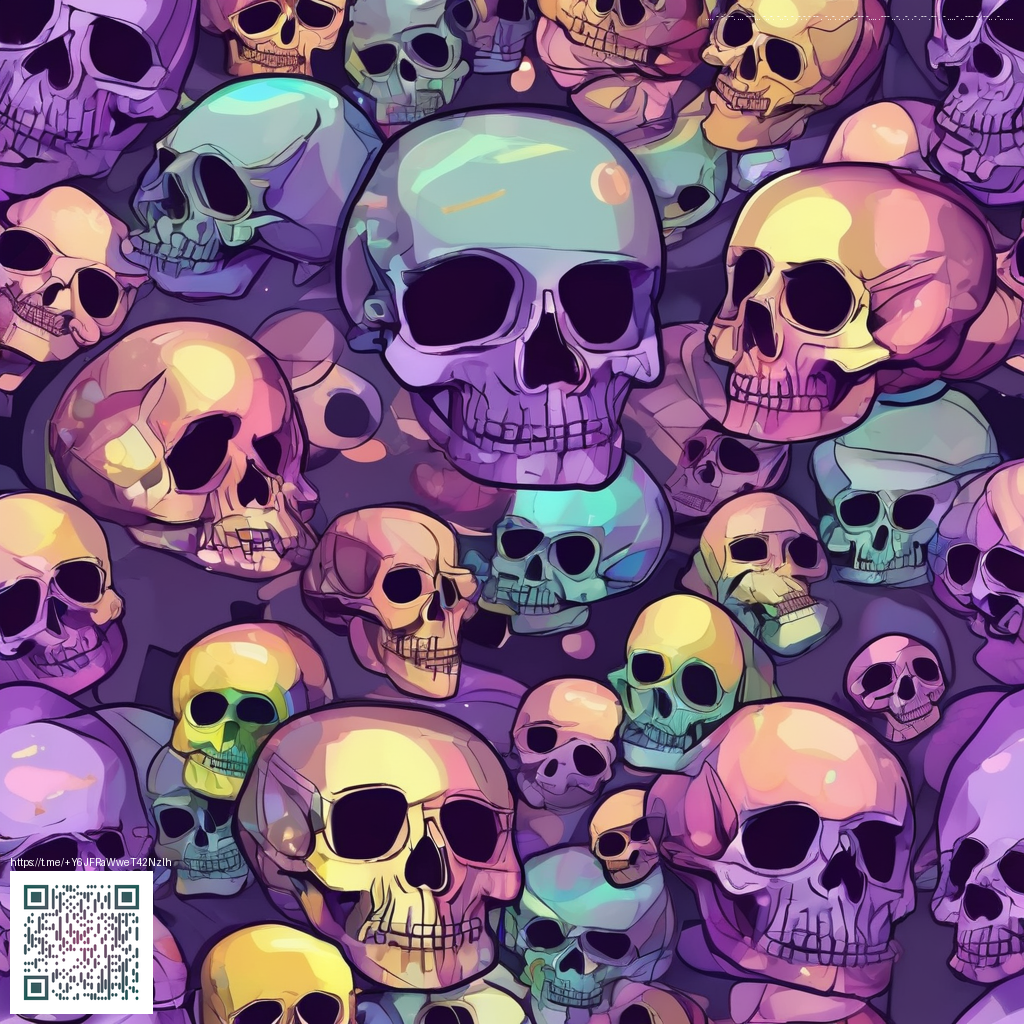
Understanding How Subtle Texture Influences Perception
Texture is more than a surface detail; it’s a language your brain reads in fractions of a second. In design, minimal texture uses restrained tactile cues to guide attention, convey quality, and foster trust without shouting for attention. When texture is subtle—think a whispered grain on a card, a barely there gloss on a button, or a smooth matte on a device shell—it reduces cognitive load and speeds recognition. The result isn’t flatness, but clarity: users can focus on content and function because the texture isn’t competing with the message.
“Texture works like the seasoning in a dish: too much and you overwhelm the palate; just enough amplifies the core flavors of usability and meaning.”
From a psychological standpoint, minimal texture supports perceptual fluency—the ease with which the brain processes information. When surfaces read as coherent and intentional, people feel competence and reliability in a product or interface. This feeling translates into willingness to engage, trust in the brand, and satisfaction with the experience. Designers who embrace restrained texture often unlock a sense of calm and professionalism, which can be especially valuable in high-stakes contexts like finance apps, medical devices, or premium hardware accessories.
What makes texture minimal yet powerful
- Consistency over chaos: repeatable micro-patterns create a predictable visual rhythm that our brains quickly recognize.
- Subtle contrast: gentle shadows, delicate embossing, or a faint grain can separate elements without creating visual noise.
- Material storytelling: the choice of matte, satin, or brushed finishes communicates durability, refinement, or approachability.
- Light and shadow: controlled lighting reveals texture’s edge without dominating the scene.
- Accessibility: restrained texture tends to improve readability and tactile feel for users with diverse abilities.
Applying minimal texture across products and interfaces
In digital interfaces, reserve textured cues for key actions and states—elevate primary buttons with a touch of gloss or a soft bevel, while keeping most panels clean and uncluttered. For physical products, consider how a surface handles touch: a subtle micro-grain on a metal frame can feel premium without implying roughness. When you pair texture with thoughtful color and spacing, you create a visual hierarchy that guides users intuitively through content and controls.
As an example of how texture can meet function in hardware accessories, consider the Phone Click-On Grip Kickstand Back Holder Stand. Its design leans into clean lines and restrained surface cues that communicate reliability while keeping form unobtrusive. The minimal texture supports grip and usability without distracting from the device’s profile. For readers seeking deeper dives into the psychology behind these choices, you can explore the design insights here: the design insights page.
In practice, start with a few guiding questions: What emotional tone should the texture imply—luxury, efficiency, warmth, or precision? How will lighting affect the perception of texture across different screens and environments? Which elements deserve emphasis, and which should recede? Answering these questions helps you deploy texture strategically rather than sporadically, ensuring that every tactile cue serves a purpose.
“Texture is the quiet ambassador of design quality—the kind that people notice only when it’s absent.”
Practical tips for designers
- Limit texture to a few focal points to avoid visual noise.
- Pair textural cues with color and spacing to reinforce hierarchy.
- Test textures under real-world lighting and on multiple devices.
- Use texture to convey affordances—slightly rough surfaces can imply grip, smooth ones can imply sleekness.
- Document texture choices in design systems to maintain consistency across product lines.